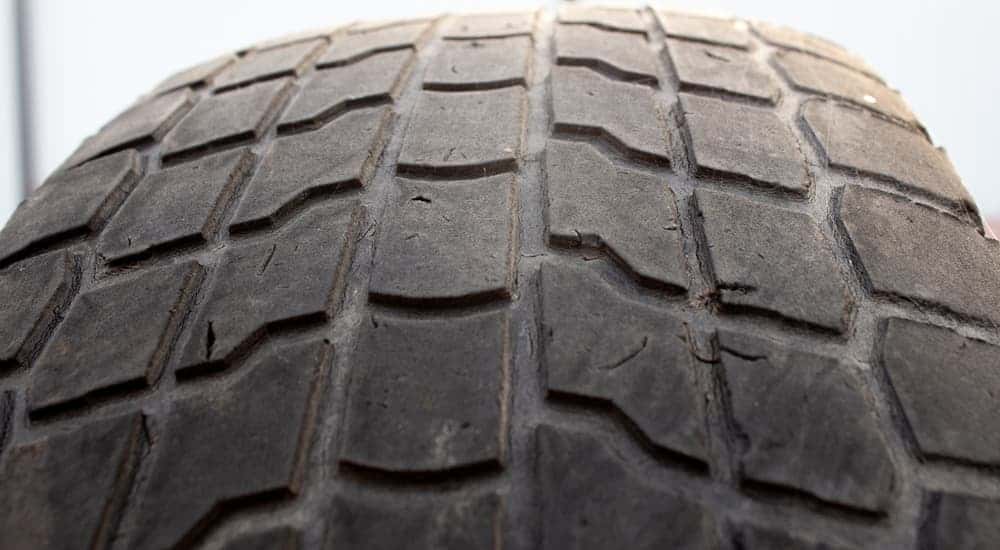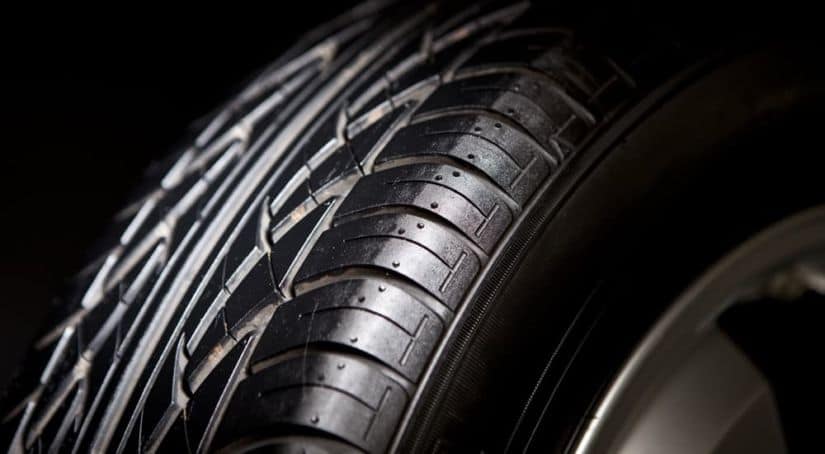Of all the components that help your car ‘go,’ tires are some of the most overlooked. Tires make a huge difference in your drive, endure serious obstacles both on and off the pavement, and support the total weight of your vehicle and everyone and everything inside. Tires are as essential as the engine, the transmission, and the drivetrain combined, and yet far too many drivers wait until they burst before they visit a tire shop to order a replacement or have them inspected. To be fair, tires can seem almost invincible at first glance, although over time, all of the wear and tear accumulates until there is a breaking point. On top of that, maintenance is often complicated, involving a degree of expert knowledge, and some serious equipment to fully service. Tire maintenance is more than just checking your air pressure, rotations, and ordering a new set when they break; it’s all of these things and more.
Some Important Basics
Tires come in all shapes, sizes, and grades. There are the standard street tires that adorn compact sedans and commuter cars everywhere; then, there are the durable knobby tires that can handle more than just pavement. Knowing which to buy, and the benefits of each type can make a huge difference in your overall driving experience and can make all the difference between changing a flat on the side of the road, and not.
One thing to pay attention to is the type of tire you buy. As mentioned prior, there are standard three-season street tires. These tires do a great job of gripping pavement, and while they can handle some light rain and snow, they aren’t ideal for these kinds of road conditions. The three-seasons they excel in are summer, spring, and fall, excluding the harsher conditions of winter. Instead, drivers who experience winter weather conditions on a regular basis may want to opt for all-weather tires. All-weather tires can be used year-round, regardless of road conditions, and as such, can tackle snow and rain just as well as they can handle basic dry pavement.
While all-weather tires can get the job done when road conditions aren’t at their best, we suggest a more durable alternative when tackling dirt, mud, thick snow, and other off-pavement terrain, otherwise known as off-road tires. Off-road tires don’t hesitate in the sight of rough trails, and with a capable drivetrain should have no issue in even the most rigorous conditions. Off-road conditions excel in this type of driving thanks to deep tread levels and a beefier design. While these kinds of tires do an excellent job of taking on rugged terrain, they can handle poor road conditions as well and can perform just as well on the pavement as they can on an outback trail.
Rotations, Repairs, and Replacements
No matter what kind of tire you fit to your vehicle, it is never meant to last forever. There comes the point when tires outlive their use and become in dire need of replacement. The average lifespan of a standard tire is roughly three to four years; however, you can prolong the life of your tire through consistent maintenance.
What does this ‘consistent maintenance’ look like? Well, for one, you’ll want to ensure that your tire’s air pressure is at an optimal level. Every tire has a recommended air pressure level range, and staying within this range can help you avoid flats and better guarantee you the best performance possible. Tire shop mechanics and auto maintenance experts tend to agree that drivers should check their tires’ air pressure levels once every month or so. Doing so can ensure that you aren’t over-inflating or under inflating your tires and help you avoid popping a tire unexpectedly. If your air pressure levels are consistently below or beyond the recommended limits, it might be time to visit a tire care expert to have them inspected.

Another aspect of tire maintenance worth considering is regular rotations. Regularly rotating your tires from front to back and back to front can better ensure that all four wear evenly. Your tires are going to wear down, that’s inevitable; however, you want to be sure that all four of your tires wear evenly so as to prevent more serious damage and improve overall performance. Most lube and tire shops offer tire rotations wit oil changes; however, auto experts still recommend that drivers have their tires rotated every 3,000 to 5,000 miles.
Wear and tear can be seen as clear as day when you inspected the tread levels of your tires. Tread is the individual grooves that run across your tire. The deeper these grooves are, the more traction you often benefit from. The more wear your tire experiences, the shallower these tread depths become. Auto experts and car care professionals can measure the depth of your tread more accurately; however, you can check them yourself at home as well with the penny test. In order to perform the penny test, all you need is a penny, and possibly a flashlight if needed. Insert the penny into an individual tread groove upside down, so Lincoln’s head would be the first thing to enter the groove. If you can still see the top of Abe Lincoln’s head with the penny inserted, your tread levels may be low, which means you’ll likely want to purchase a replacement.
What To Do in the Event of a Flat Tire
Sometimes a flat tire is unavoidable. Even after excessive repairs, maintenance, and attention, roadside obstacles like nails and potholes can spell disaster for your tires no matter what condition they’re in. For this reason, plenty of tire care experts recommend that drivers know how to change a flat tire properly. Contrary to popular belief, changing a flat is quite simple, and all you need is a car jack, a wrench, and road hazard signs depending on where you change your flat.
Once you’ve popped a tire, the first thing you should do is pull over into an area that gives you enough room to change said tire safely. If it’s dark, you should place road hazard signs around your vehicle so as to call awareness to you and your vehicle, so other drivers know to slow when passing you on the side of the road.
With your car parked and secure, remove your equipment as well as the spare tire. With the jack, lift the car so that the flat tire is about five inches off of the ground, giving you plenty of room to remove it from the axel. Taking the wrench, unfasten the lug nuts securing the flat to the vehicle. It might be useful also to have a Ziplock bag to keep track of the lug nuts, so you don’t lose one in the process.
With the lug nuts removed, pull the flat from the axel. Before you go ahead and install the spare tire, we recommend that you check the air pressure levels. With the spare ready, install it to the axel with the lug nuts and the wrench. After the spare is secure, lower the vehicle, and put the flat, wrench, jack, and road hazard signs back into your vehicle.
While you may have all four wheels again, we recommend that you don’t ride on a spare tire for too long. Some vehicles come with full tires for their spare; however, you don’t want to run the risk of popping another tire and being without an emergency replacement. No matter how you spin it, tires are incredibly important. Whether we’re talking about your spare or the set that you roll on every day, proper maintenance and awareness can make all the difference for your driving experience and your safety on the road.



